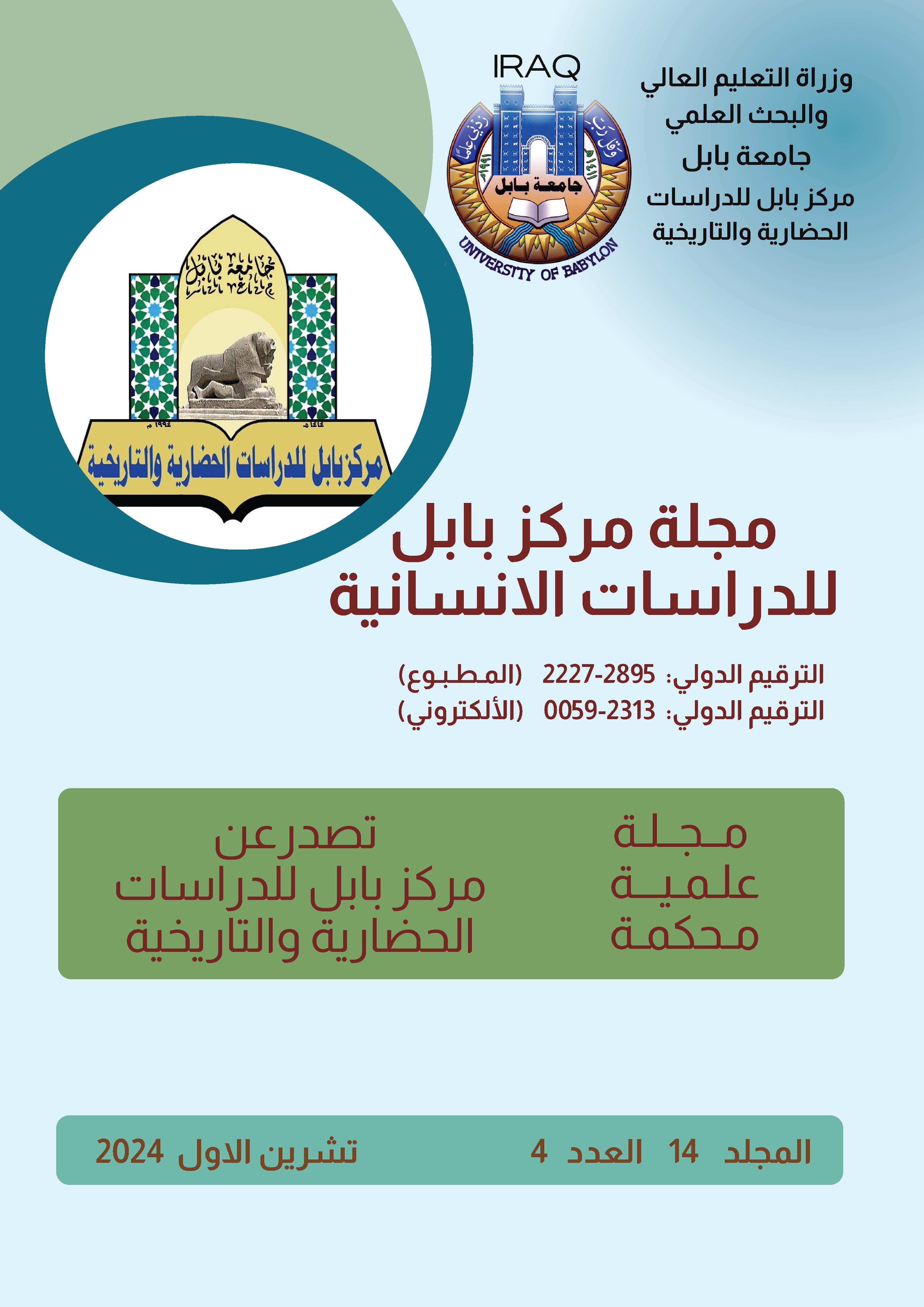THE DISCOURSE OF PREFACES IN NIZAR QABBANI’S WORKS
Keywords:
Prefaces - Discourse of Prefaces - Nizar QabbaniAbstract
This study explores the discourse found within the prefaces of the creative and critical works of the Syrian poet Nizar Qabbani. It employs a descriptive-analytical approach to reading and interpretation and follows a three-fold methodological framework. Initially, the study examines the terminologies that form the basis of numerous prefaces. It, then, offers insights into the discourse when Qabbani directs it towards himself, singing and expressing joy in a manner that oscillates between clarification, appraisal, and criticism. Subsequently, the study examines the discourse surrounding speech, particularly when explaining the reasons for composition, or presenting opinions that embody, in one way or another, the poetic theory embraced by Qabbani. The study findings unequivocally confirm that prefaces serve as a crucial entry point for reading Qabbani's creative and critical experience in its multiple aspects and interwoven dimensions. Through these prefaces, Qabbani has established the foundations for both creativity and criticism, offering a unique perspective that distinguishes his prefaces from previous works. In the first section, we stopped at three types of introductions: an explanatory introduction intended to "protect" the reader from error and misunderstanding, a laudatory introduction that praises him as a poet like no other in the era, and a critical introduction in which the discourse reached the level of satire and insult in response to those who made their criticism a means to attack and belittle him. Hence, the most mature images of the conflict between literature and its reception were revealed in these introductions. Perhaps they were, in one way or another, a reference to Hans Robert Jauss's saying, "Production and reception are the myth of the two enemy brothers." In the second section, we stopped at some aspects that formed, in one way or another, some critical positions closely connected to the components of the poetic theory that settled in Nizar Qabbani's prose works and came scattered throughout his poems, spreading throughout them. Perhaps the most important thing that these introductions revealed in their discussion of poetry - in addition to their poetic discourse, which requires independent research to reveal its laws and characteristics - is the connection between poetry and some of the fine arts, such as visual art, in which the previous did not replace the later.







